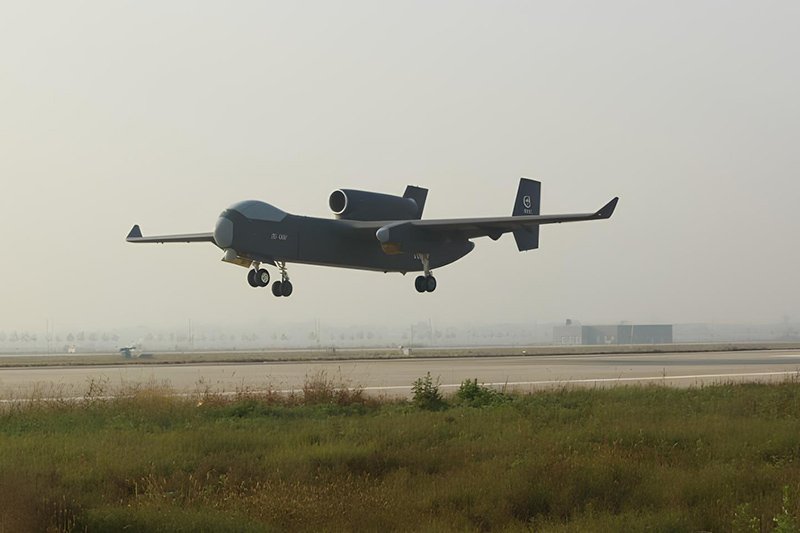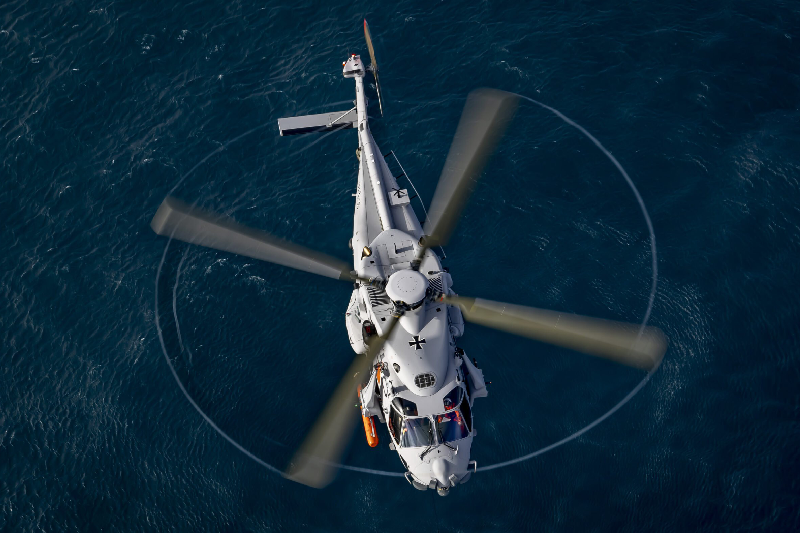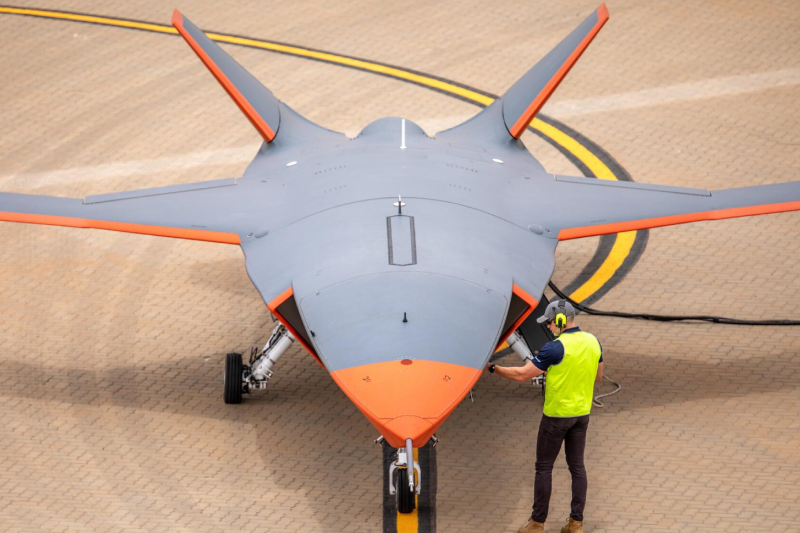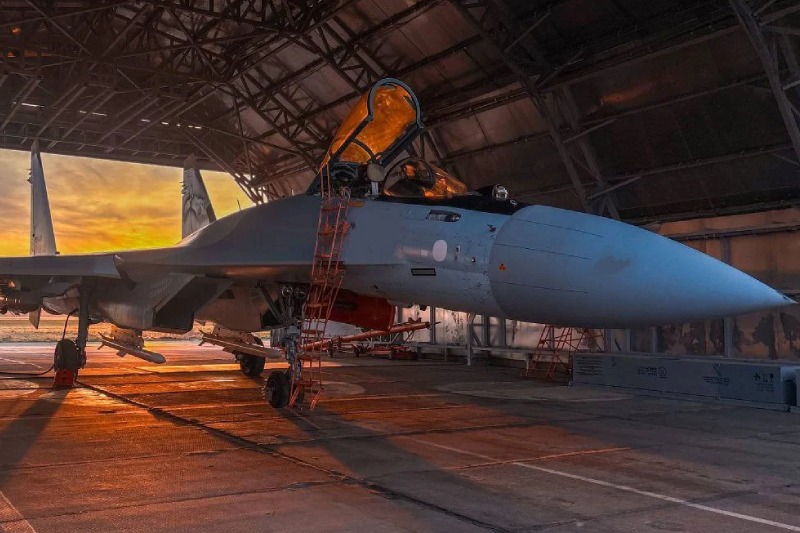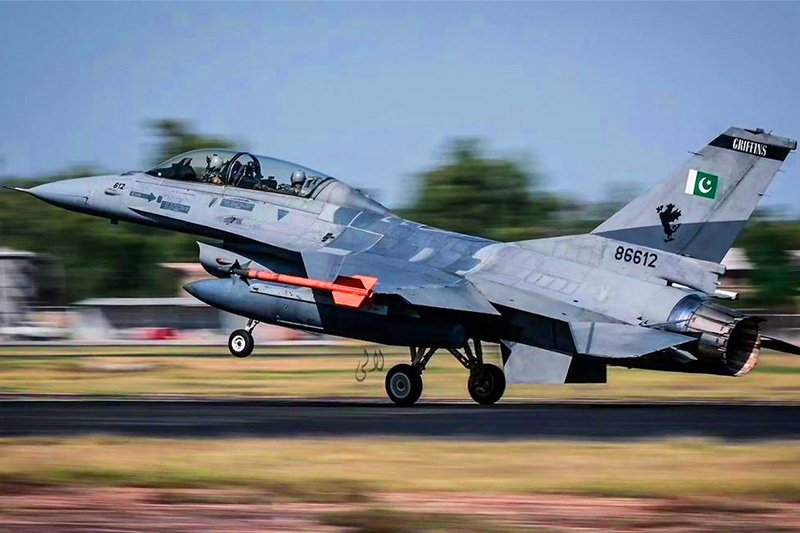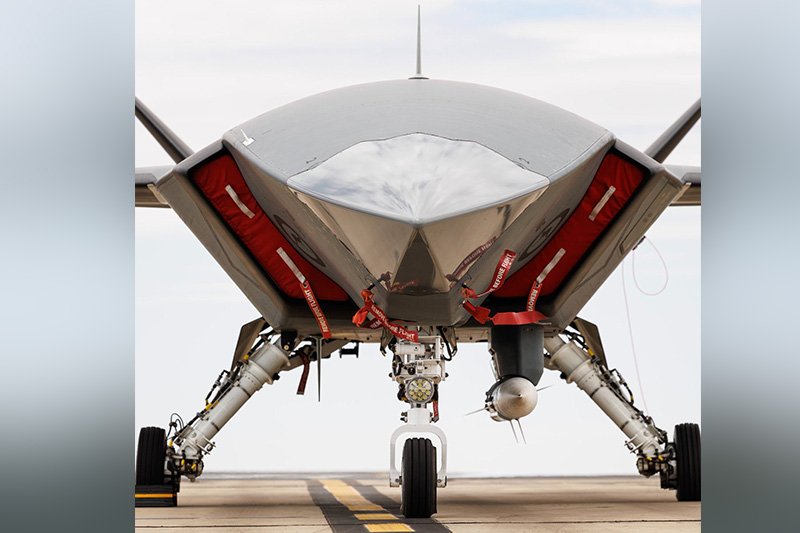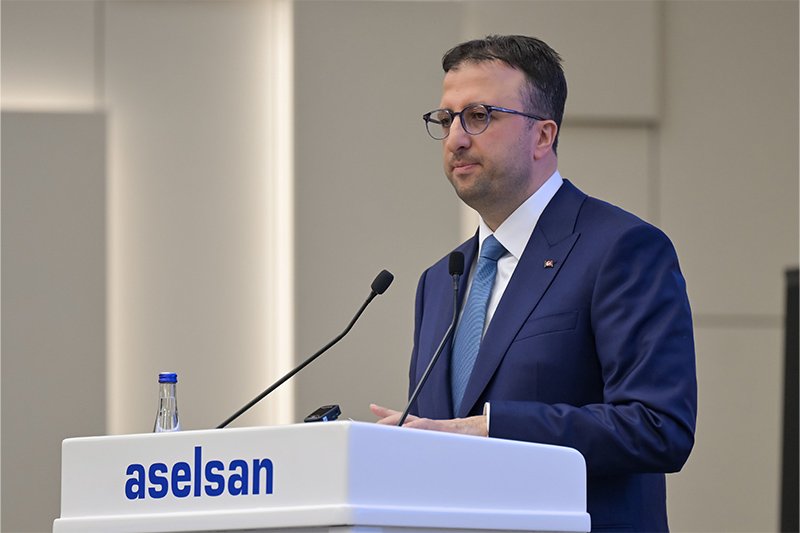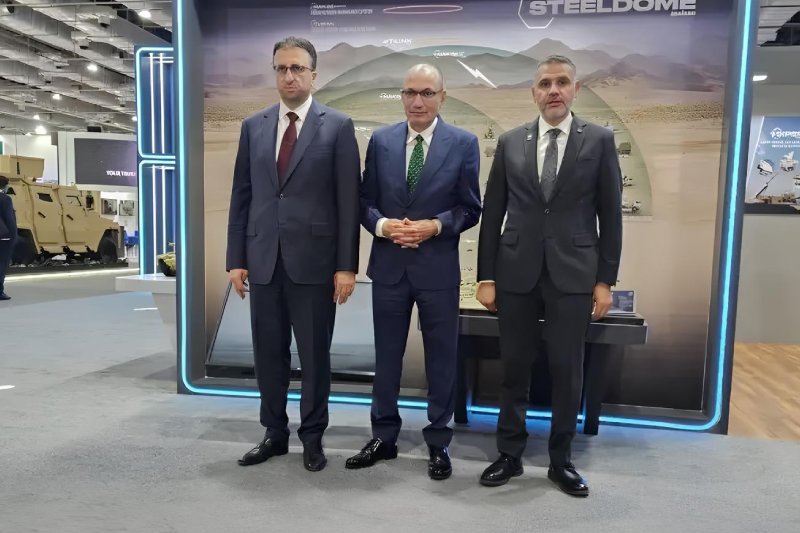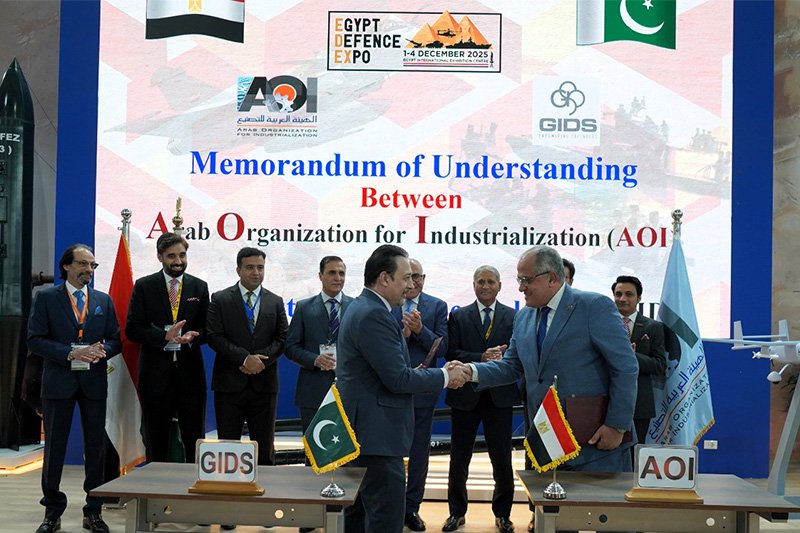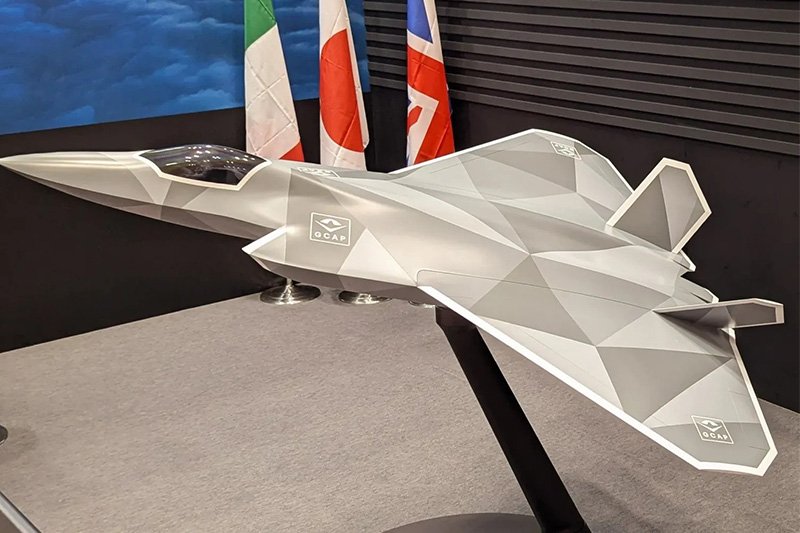Japan Unveils Next-Gen Fighter Jet Concept in Tokyo
Japan has showcased a model of its next-generation fighter jet at the 2024 International Aerospace Exhibition in Tokyo. This unveiling marks a crucial step in the Global Combat Air Program (GCAP), a joint venture between Japan, the United Kingdom, and Italy.
Key Highlights of the GCAP Fighter Jet
The GCAP project is a collaborative effort between Japan’s Mitsubishi Heavy Industries, UK’s BAE Systems, and Italy’s Leonardo. At the Tokyo exhibition, BAE Systems presented a scaled model of the fighter jet, measuring approximately 2 meters in length roughly one-tenth the size of the actual aircraft. This follows the display of a full-scale model, over 20 meters long, at the Farnborough International Air Show in the UK in July 2024.
Design Evolution and Improvements
The Tokyo exhibition revealed significant updates to the fighter jet’s design. The most notable change is the transition from a “lambda wing” to a larger delta wing configuration. This new iteration also features modifications to the main wing, rear fuselage, and tail sections. These design changes reflect a shift in focus from dogfight agility to enhanced range, speed, and payload capacity.
Also read this: Saudi Arabia to Boost Helicopter Production with Leonardo
The new delta wing design aims to improve the jet’s aerodynamic performance by reducing drag, increasing fuel capacity, and enhancing lift. These improvements are expected to significantly boost the aircraft’s operational capabilities.
Project Timeline and Future Prospects
BAE Systems officials have stated that the overall design of the fighter is expected to be finalized by 2025, marking a key milestone in the GCAP program. This timeline underscores the rapid progress being made in this multinational project.
Implications for International Defense Cooperation
The GCAP represents a new era in multinational defense collaboration. It combines advanced capabilities from three nations’ defense sectors, enhancing the defensive capabilities of Japan, the UK, and Italy. Moreover, this project fosters innovation and knowledge sharing among leading aerospace companies, potentially revolutionizing the future of combat aircraft development.
Future Expectations
As the project progresses, industry experts anticipate further refinements to the fighter’s design and capabilities. The GCAP is expected to bring significant economic benefits to the aerospace industries of the participating countries. Strategically, it promises to enhance the air defense capabilities of the partner nations, potentially shifting the balance of power in aerial warfare.
The unveiling of this next-generation fighter jet concept at the Tokyo International Aerospace Exhibition demonstrates the significant progress made in the Global Combat Air Program. As the project moves towards its design finalization in 2025, it continues to showcase the power of international collaboration in pushing the boundaries of aerospace technology and defense capabilities.
Keep connected with us at Facebook, Twitter, YouTube, Instagram & TikTok for latest defense happening around the globe.
Discover more from International Defence Analysis
Subscribe to get the latest posts sent to your email.


